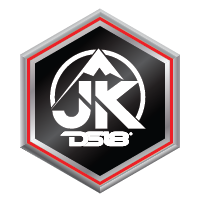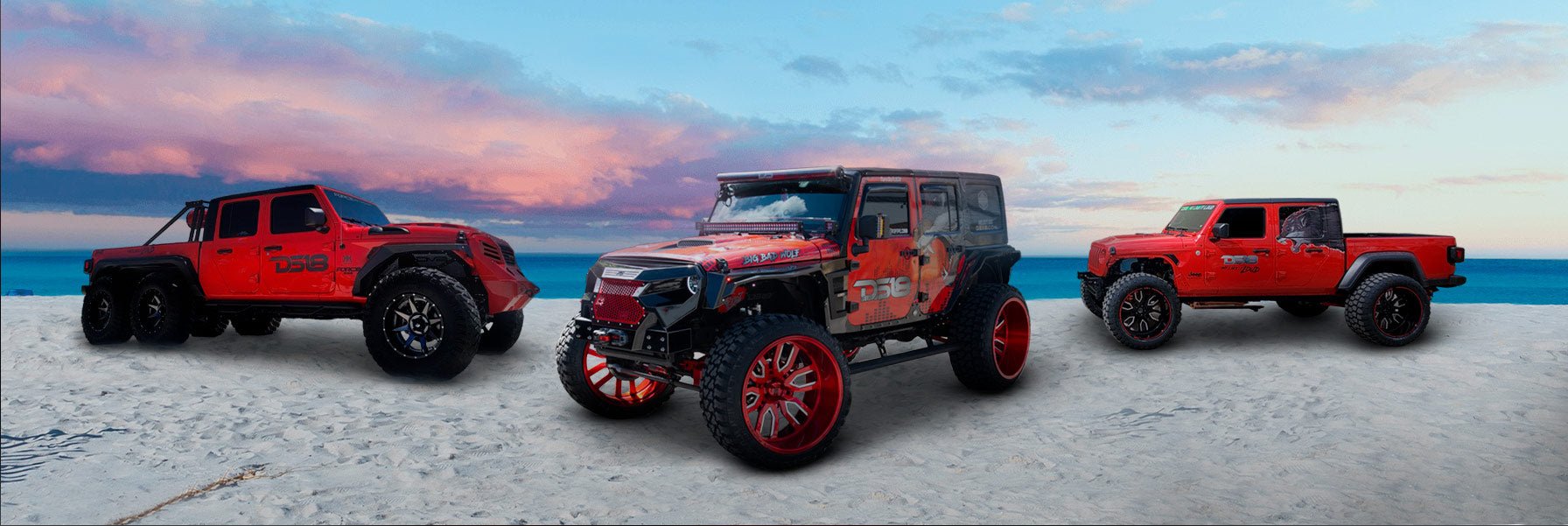Exceptional sound quality goes beyond installing separate speakers for highs, mids and lows.
Many audio enthusiasts only go as far as making sure their system has plenty of bass. However, there’s a lot more to building a premium audio system that produces phenomenal sound.
Take often overlooked tweeters, for example. Most people don’t think about tweeters when looking for ways to improve audio.
However, tweeters have an important function. The shape and material used to make tweeters directly correlates to the quality you hear from your stereo.
Keep reading to answer the question, “What do tweeters do?” and the scoop on how their design affects the sound.
What Do Tweeters Do?
Tweeters reproduce the highs that play when you hear music. They make instruments such as horns, guitars, and vocals spring to life. They’re also essential for stereo sound separation.
Tweeters make it feel like the music is coming from all around you. Without them, music would sound like it’s just coming from around your feet.
Manufacturers balance several characteristics when designing tweeters. These characteristics include cost as well as sound dispersion and quality. They also make tweeters light so that they move easily and quickly.
At the same time, manufacturers make speakers stiff enough so that they hold their shape. Stiffness is also important to prevent tweeters from distorting at high volumes.
Finally, tweeters must stop moving quickly when the sound ends. This characteristic is called damping. It’s important for creating accurate sound.
To achieve desired effects, manufacturers make use of various tweeter shapes and materials. Understanding how these shapes and materials affect tweeter performance can make a more informed buying decision.
Types of Tweeters' Shapes
The shape of a tweeter determines how well it distributes high-end frequencies. It enables manufacturers to coax the maximum performance out of different materials. The shape of a tweeter also helps manufacturers improve the performance of equipment in various price ranges.
Frequently, you’ll see 2 tweeters that are cone-shaped in an automobile. Cone speakers are the most inexpensive to produce. For this reason, most automobile manufacturers will install these kinds of speakers in their vehicles.
For example, many automobile manufacturers use the Whizzer cone. The Whizzer cone is a paper megaphone that manufacturers build into the woofer to increase treble response.
However, this design isn’t as effective as others. Also, the inexpensive materials in factory tweeters don’t recreate sound accurately.
The semi-dome tweeter is another inexpensive speaker design. It features a small dome inside of a shallow cone. In a balanced-dome tweeter, for instance, the cone and the dome are nearly the same sizes.
The design of the semi-dome speaker enables manufacturers to use softer materials. Most often, you’ll find this kind of tweeter in a home speaker system.
The dome tweeter is a step up from the semi-dome model. It radiates sound with more dispersion. It has a larger sweet spot compared to a semi-dome design tweeter.
This shape is apparent in the DTX Tweeters. These competition-level tweeters increase the quality and volume of the sound reproduced by your audio system. The high-quality design gives it a unique look that demands attention from everyone around it.
Finally, some companies make tweeters with an inverted dome. With this design, the tweeter dome curves in instead of out. This tweeter design improves control and sound radiation efficiency.
Tweeter Materials
Manufacturers generally use one of three kinds of materials to make tweeters – synthetic films, textiles, or metals. Synthetic film tweeters have several benefits.
They resist humidity, which is important in a car. Also, they’re lightweight. Accordingly, they don’t require much power for effective operation.
Because synthetic film tweeters don’t require lots of power, they’re good for low-end sound systems. However, they’re stiff, which means they have poor damping qualities. For this reason, they can’t reproduce music as accurately as premium tweeters.
Silk is an important material in speaker production. Silk tweeters produce a warm, refined and mellow sound.
We carry silk tweeters as well. The Silk Dome SQTW is designed to add high output and high-frequency response to every speaker system. This driver looks as good as it sounds and handles a huge amount of power due to its 1.10" diameter Silk Dome voice coil.
You may frequently find silk tweeters in a high-end stereo system that creates lifelike music. For instance, you may find that manufacturers use silk in the production of infinity tweeters.
Finally, various metal tweeters create bright, crisp, and loud highs. For example, aluminum tweeters are the choice of many audio enthusiasts looking for the loudest tweeters.
Aluminum tweeters are light and strong. They produce brilliant sounds at high frequencies. Resultant, they’re ideal for breaking through road noise and heavy bass.
DS18’s RGB PRO Tweeters are our series of Aluminum Tweeters and are top of the line in the Pro Audio/Voceteo market. These bad boys deliver so much power that you'd think with one tweeter your whole sound system is ready to deploy for a major concert.
Manufacturers also use other metals to make speakers. For example, they may produce speakers made of an aluminum and magnesium blend or titanium.
For premium sound, you most likely want a tweeter made of silk or metal. If you want to cut through bass and road noise, a metal tweeter will do the trick. However, if your cabinet is relatively quiet and you prefer natural sounds, you may prefer a silk tweeter.
Giving Your Highs an Edge
Manufacturers design various speakers to work within specific ranges. Tweeters produce high-frequency sounds. Meanwhile, midrange speakers generate mid-high to mid-low sounds. Finally, woofers produce low-end bass.
Low frequencies can bleed across speakers and damage tweeter and midrange equipment. Bleeding also deteriorates sound quality.
However, you can stop sound from crossing over with bass blockers for tweeters. A bass blocker prevents low-range sounds from playing out of a tweeter or mid-range speaker.
Bass blockers for tweeters are one of several cost-effective ways to improve sound system audio. If you want to hear every frequency perfectly, you may want to consider integrating a bass blocker into your system.
The Best Tips and Gear for Your Ride!
Now that you know the answer to the question, “What do tweeters do?”, You know what to look for in a high-end tweeter.
DS18 is a leading US electronics manufacturer. We specialize in electronic equipment for cars, boats, and homes.
Our engineers understand the needs of today’s audio enthusiasts. We design and manufacture amplifiers, woofers, and tweeters as well as other components that are guaranteed to exceed your expectations.
Visit DS18.com to browse our current mobile sound catalog. Also, check out our blog to learn more about creating high-fidelity sound for your listening enjoyment.








